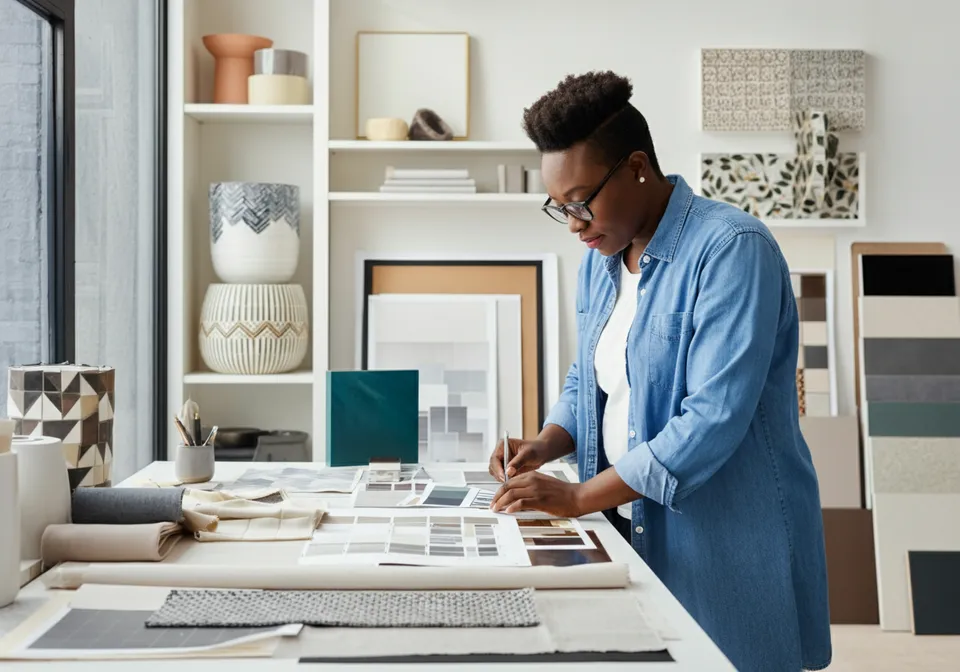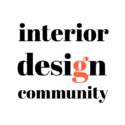
The first conversation between a designer and a potential client is not always about design. It is often about clarity. Who sets the pace? What is the expectation? How much should be given before a contract is signed?
Interior designers have long debated whether or not to charge for this initial interaction. In a recent Instagram discussion hosted by @InteriorDesignCommunity, hundreds of professionals shared their thoughts.
Some designers build this meeting into their paid process. Others use it as a screening tool. A few treat it as a mutual interview without any exchange of creative advice. What emerged was a diverse range of policies shaped by experience, personality, and business philosophy.
The conversation, prompted by a member’s question, asked: “Do you charge for an initial consult, meet-and-greet, or whatever you call the first conversation?” The answers revealed how this small detail holds real weight.
Charging as a Gatekeeper
“Yes, I do charge for consultations. Years ago, I didn’t and quickly found myself spending more time on consultations than on actual projects. The volume of inquiries became overwhelming and many weren’t from serious buyers. It filters for serious clients who truly value the process. It avoids situations where people are looking for free ideas to execute on their own. It sets a tone of professionalism and mutual respect. And it honors the time, energy, and expertise that goes into every project.”— VDA Designs
“Yes, always. Time is money. Don’t be afraid to do it even in big projects. You can offset it as a deposit if they take you on. Let’s all stop being afraid to talk about money and charge our worth.”— Tammy Lane Interiors
“My usual hourly rate. A minimum number of hours depending on travel time. I actually want to increase this rate, as first consultations are often more draining. I would credit the difference with my normal hourly rate if they sign me on the project.”— JS Beauchamp Design
“Always. I can’t help giving a lot of advice in the first meeting and charging just 200.00 covers this and makes sure the clients are serious.”— The Curate Team
Using the First Meeting as a Fit Check
“I don’t view the first meet as a consult. More like a first date. There’s a vibe check. I’m sizing them up. Do I want to work with them? Would we be a good fit? While I’m happy to look at spaces and offer a general overview, I’ve learned not to offer too much in terms of design ideas or advice. That will come later once there is a signed contract and retainer. I like to give one good idea or vision for the project and leave them wanting more.”— Iden Hamid
“It’s as much for me as it is them. I want to see if there are any red flags. I call it a Meet and Greet where we chat about their project, budget, how I bill, walk around the space. It’s for both of us to make sure we’re a good match. No design advice is offered during this meeting.”— susanebrowndesign
Alternatives that Reflect Values
“We ask for a charity donation with our first hour consult. If either of us decide it’s not a ‘design match,’ neither party can be upset about the fee donation. Nobody profits and we can all walk away feeling good.”— Mark Eckstrom
“No fee for a first meeting. You need to have a face-to-face and see the space. It’s exploratory for both parties. I’m looking for red flags and if I even think we are a match. Just brainstorming to see if we are on the same page. I also think charging just to see if it’s a fit is not right. I’m sure many would say I’m leaving money on the table, but I don’t always look at things based on the money.”— Michaela Abrams Interiors
Process Is the Product
What this conversation revealed is not a divide between designers who charge and those who do not. It reflects how designers view their time, energy, and brand.
The first meeting is not just an introduction. It is the first moment a client experiences a designer’s process. Whether it comes with an invoice or not, that meeting sets a precedent.
For those who charge, the fee anchors expectations. It defines the boundaries of the relationship from the start. It confirms that every step in the process is intentional.
For those who don’t charge, structure still matters. A free meeting is not a free-for-all. It is a deliberate, limited conversation that leads to the next step.
Clients Are Taking Notes
From a client’s perspective, this early exchange says more than words can. When a designer bills for the first hour, it signals that time is valuable. When a designer offers it freely but withholds design advice, it suggests that a process must be followed.
Every action in that first meeting speaks to how a designer listens. How do they communicate boundaries? How they define what comes next.
For clients who question the fee, clarity matters. It can be explained as a consultation, a discovery session, or a deposit toward a larger engagement. What matters most is that the client understands it and accepts it without confusion.
Designers Set the Standard
The takeaway from this thread was not about price points or best practices. It was about ownership. Every designer who responded had made a decision and stood by it. They weren’t asking for approval. They were showing what works for them.
This clarity makes a difference. When a designer knows their process, they can explain it confidently. When they explain it clearly, clients feel grounded.
In this industry, that matters. The first meeting is more than just a meeting. It is the beginning of a professional relationship. It holds weight.
Designers do not have to follow each other’s models. They need to build their own—and stand by it.
See the conversation at @InteriorDesignCommunity on Instagram

